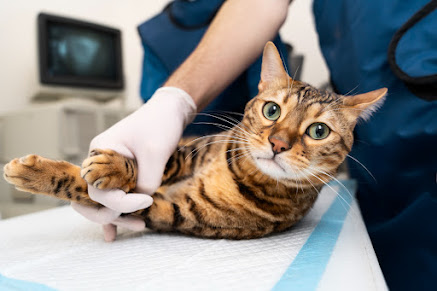The Indian Ringneck Parakeet: A Jewel of the Avian World
The Indian Ringneck Parakeet, scientifically known as Psittacula krameri manillensis, is a charismatic and colorful parrot species native to the Indian subcontinent. With its vibrant plumage and playful personality, this avian gem has captivated the hearts of bird enthusiasts around the world. In this article, we will explore the fascinating world of the Indian Ringneck Parakeet, delving into its physical characteristics, habitat, behavior, and the joys and challenges of owning one as a pet.
Physical Characteristics:
The Indian Ringneck Parakeet is a medium-sized parrot, measuring around 16 inches (40 cm) in length, including its long, slender tail. Its distinguishing feature is the ring of brightly colored feathers around its neck, which intensifies as the bird matures. The males display a stunning combination of emerald green plumage, while the females exhibit a more subtle blend of green and gray. Their beaks are hooked, enabling them to crack open seeds and nuts with ease.
Habitat and Distribution:
The natural habitat of the Indian Ringneck Parakeet encompasses a wide range, including the woodlands, forests, scrublands, and agricultural areas of the Indian subcontinent. They are found in India, Pakistan, Sri Lanka, and Nepal, and have also been introduced to other regions such as the United States, Europe, Australia, and South Africa. In their native range, they form large flocks, seeking out areas with abundant food and nesting sites.
Behavior and Social Structure:
Indian Ringneck Parakeets are highly social creatures, often seen in large flocks or pairs. They possess a playful and curious nature, engaging in acrobatic aerial displays and exhibiting their remarkable intelligence. These parakeets are known for their exceptional mimicry skills, and they can learn to imitate various sounds, including human speech. They are vocal birds and communicate using a range of calls, squawks, and whistles.
Breeding and Reproduction:
During the breeding season, Indian Ringneck Parakeets form monogamous pairs and engage in elaborate courtship displays. The males display their vibrant plumage, puff up their feathers, and perform energetic dances to attract females. The female will lay around 2-4 eggs, which she incubates for about 22-24 days. Both parents actively participate in the rearing of the chicks, feeding them regurgitated food until they fledge at approximately 7-8 weeks of age.
Feeding Habits:
In the wild, Indian Ringneck Parakeets are primarily herbivorous, feeding on a varied diet of fruits, berries, seeds, nuts, flowers, and buds. They are known to be particularly fond of figs and sunflower seeds. In captivity, a balanced diet for these parakeets should consist of a high-quality pellet mix supplemented with fresh fruits, vegetables, and occasional nuts. It is essential to provide them with a diverse and nutritious diet to ensure their overall health and well-being.
Keeping Indian Ringneck Parakeets as Pets:
The Indian Ringneck Parakeet has gained popularity as a pet bird due to its striking appearance and playful nature. However, potential owners should be aware that these parakeets require significant time, attention, and care. They are highly intelligent and active birds that thrive on mental stimulation and social interaction. Neglecting their needs can lead to behavioral issues such as excessive chewing, screeching, and feather plucking.
To keep an Indian Ringneck Parakeet as a pet, it is crucial to provide a spacious cage that allows for free movement and exercise. Regular out-of-cage time is essential for their well-being. They should be provided with plenty of toys, puzzles, and interactive games to keep them mentally engaged. Social interaction and positive reinforcement training are vital for building a strong bond with these birds.
Conclusion:
The Indian Ringneck Parakeet is a captivating and enchanting species that brings a burst of color and charm to the avian world. Their vibrant plumage, playful behavior, and remarkable intelligence make them a delightful addition to any bird lover's life. However, potential owners must be committed to providing them with the time, care, and attention they require. With the right environment and proper care, these birds can become lifelong companions, filling our lives with joy and wonder.






